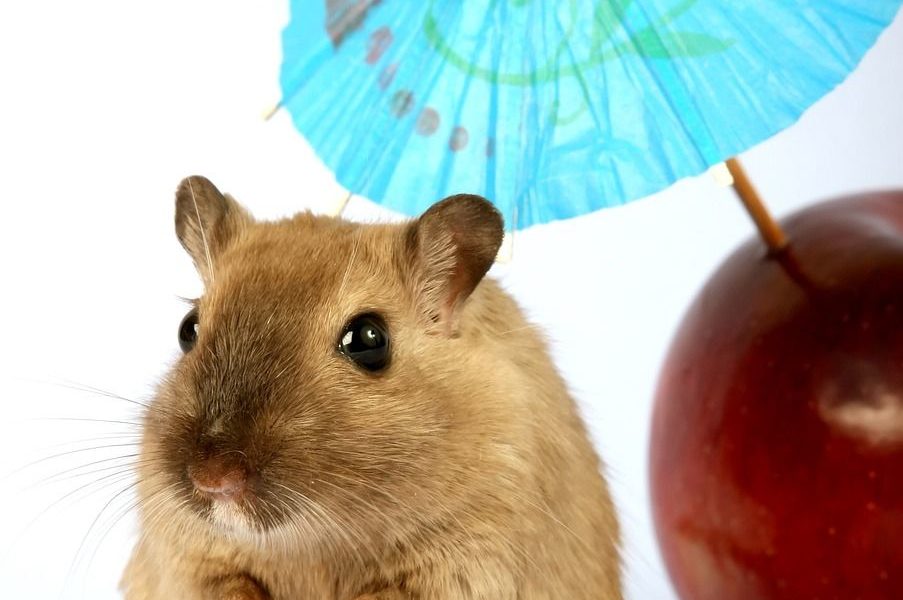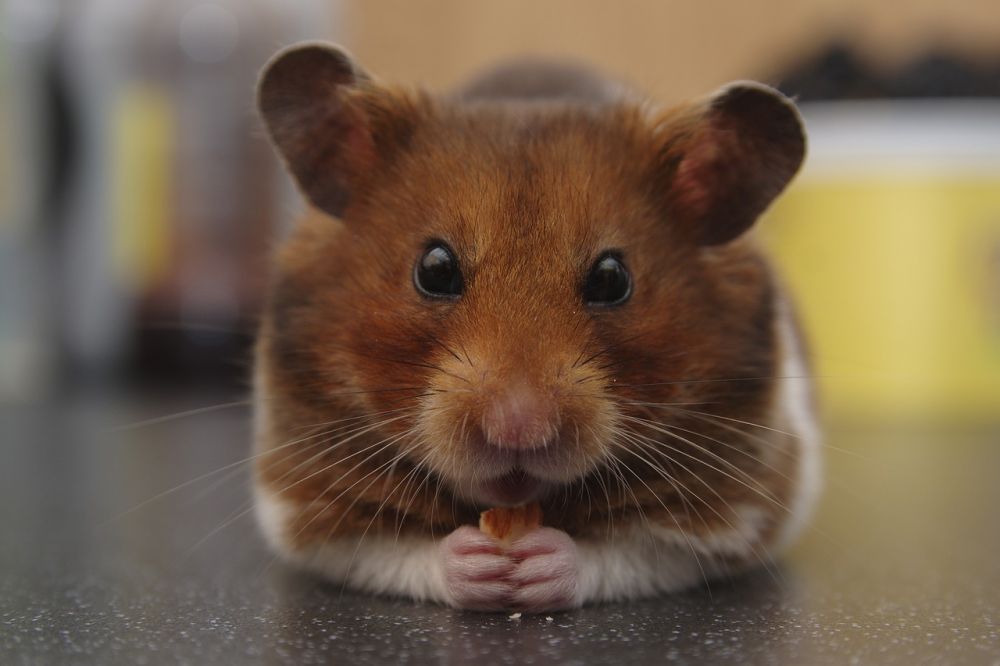Hamster Mature: A Comprehensive Guide to All You Need to Know

Introduction:
Hamster Mature is a term commonly used in the hamster owning community to refer to the various stages of a hamster’s life as it grows and matures. In this article, we will provide you with a detailed overview of Hamster Mature, including what it is, the different types of hamster maturities, popular choices, and a discussion on their differences.
I. Hamster Mature: An In-depth Overview

Hamster mature is the term used to describe the different stages of a hamster’s life as it progresses from infancy to adulthood. These stages are significant for owners as they play a crucial role in determining the hamster’s nutritional and behavioral requirements. Understanding each stage is vital for providing optimal care and ensuring the hamster’s overall well-being.
II. Types of Hamster Mature and Popular Choices
1. Baby Hamsters:
Baby hamsters, also known as pups, are the newborns. They are the smallest and most delicate of all hamster maturities. At this stage, they rely heavily on their mother for nourishment and warmth. Popular choices for baby hamsters include the Syrian hamster and Dwarf hamster breeds, which are widely recognized for their cuteness and adorable antics.
2. Adolescent Hamsters:
Adolescent hamsters are the middle-aged maturities that follow the baby stage. At this point, hamsters start to show signs of independence and exploration. They are more curious, energetic, and playful. Syrian hamsters, Roborovski hamsters, and Campbell’s Russian dwarf hamsters are some popular choices among owners during this stage.
3. Adult Hamsters:
Adult hamsters are fully matured and capable of reproduction. They have a stable and settled disposition, making them suitable for owners who prefer a more relaxed and predictable pet. The popular choices for adult hamsters include the Syrian and Russian dwarf hamster breeds, known for their friendly and docile nature.
III. Quantitative Measurements of Hamster Mature
To assess the hamster’s maturity, various quantitative measurements can be considered. These include body weight, length, and specific behavioral indicators such as climbing ability, nest-building skills, and level of activity. These measurements can help owners track their hamster’s growth progress and determine if they are developing normally.
IV. Differences Among Different Hamster Maturities
While all hamsters go through the stages of Hamster Mature, there are variations in their characteristics and care requirements at each stage. For instance, baby hamsters need to rely entirely on their mother’s milk and should not be separated from her until they are weaned. Adolescent hamsters may require larger cages with more interactive toys to accommodate their playful nature. Adult hamsters, on the other hand, may require larger living spaces, as they are more prone to obesity and need extra room to exercise.
V. Historical Overview of Advantages and Disadvantages
Over the years, the hamster community has witnessed changes in the perceived advantages and disadvantages of different hamster maturities. For instance, baby hamsters were often considered challenging to care for due to their fragility, but advancements in breeding techniques and nutritional knowledge have made them more manageable. Conversely, adult hamsters were once preferred for their calm and predictable nature, but now, many owners enjoy the energy and vibrancy brought by adolescent hamsters.
In conclusion, Hamster Mature encompasses the various stages of a hamster’s life, ranging from babies to adults. Each stage has its unique characteristics and care requirements. By understanding the different types of hamster mature, quantitative measurements, differences among maturities, and historical perspectives, hamster owners can provide optimal care and enjoy a fulfilling relationship with their furry companions.
















































